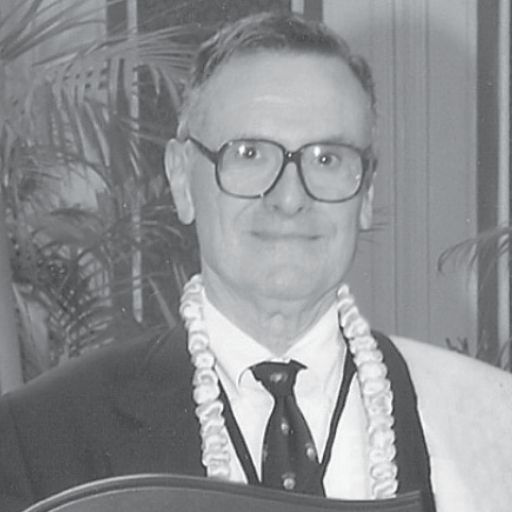1996

Year 16

Prof. Walter G. Bradley
Professor of Neurology,
University of Miami School of Medicine, Florida, USA
THEME: WILL WE OVERCOME THE TRAGEDY OF MOTOR NEURON DISEASE?
Siddique et al identified the family locus of FALS to chromosome 21P in 1991, and in 1993 Rosen et al reported
mutations of superoxide dismutase (SOD1) in some of these family members, and over 50 mutations of the gene for
SOD1 have been identified in individual families with FALS. Glutamate is a natural excitatory neurotransmitter. In
excess, it can result in excitotoxic cell death due to overstimulation of the neuron. There is evidence of high glutamate
levels in the CNS and spinal cord of MND patients. Due to improper transportation, it accumulates in the synaptic cleft
and causes post-synaptic cell death through various mechanisms. Neurofilaments form the basic mechanism of
transport of material into and out of the axon of the nerve cell. There is abnormal accumulation of phosphorylated
neurofilaments in ALS perikarya which must result in impaired axonal transport, due to an abnormal gene mutation or
secondarily due to oxidative stress.
Multicentre drug trials of Riluzole, an agent with trophic effect, blocks pre-synaptic release of glutamate and its post-synaptic effects, in the experimental situation show definite slowing in the rate of disease progression. Intrathecal neurotrophins are being tried as also the implantation of capsules.
Multicentre drug trials of Riluzole, an agent with trophic effect, blocks pre-synaptic release of glutamate and its post-synaptic effects, in the experimental situation show definite slowing in the rate of disease progression. Intrathecal neurotrophins are being tried as also the implantation of capsules.










